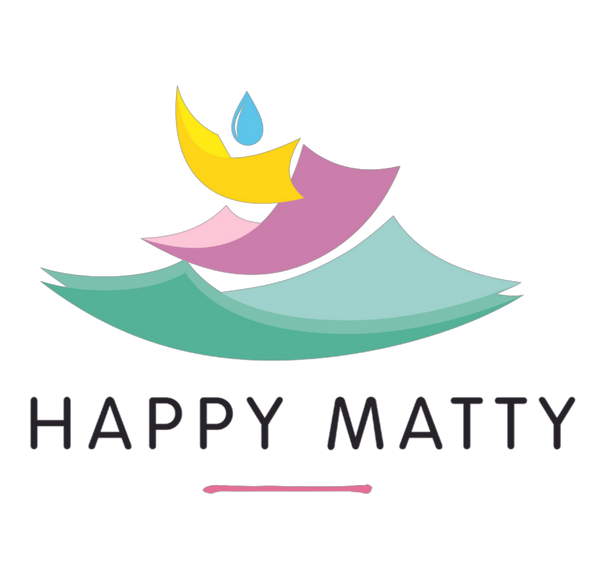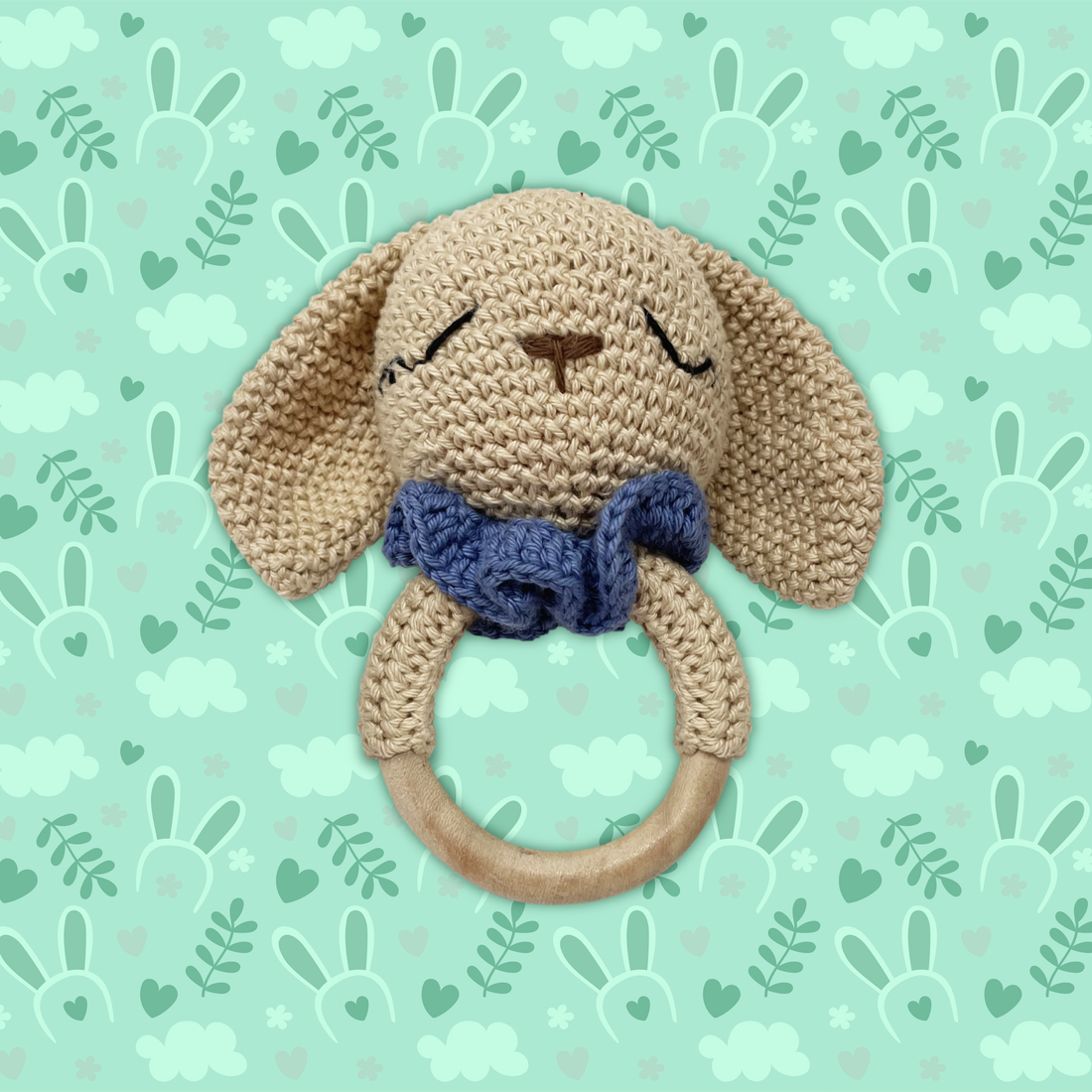Crochet rattles hold a special place in the world of baby toys. They are soft, handcrafted, and often made with love, making them more than just playthings. They become keepsakes, passed down or cherished long after babyhood has passed. But with all the drooling, grasping, and inevitable tossing onto the floor, they need proper care. Unlike plastic rattles that can be wiped down in seconds, crochet rattles require a gentler touch to ensure they stay clean and safe for your little one.
Let’s talk about the best ways to care for and clean your baby’s crochet rattles without damaging their delicate stitches or soft stuffing.
Understanding Crochet Rattles: Why Gentle Care Matters
Crochet rattles are crafted from yarn, which can vary in material from cotton to bamboo or even wool blends. The softness of these fibers makes them ideal for babies, but it also means they can easily trap dust, saliva, and stains. The stuffing inside, often made of polyester fiberfill or organic cotton, needs to remain plush and hygienic. Plus, many crochet rattles feature wooden rings or beads, adding another layer of care consideration.
Unlike machine-made toys, these rattles are handwoven, meaning each stitch plays a role in maintaining the toy’s shape and integrity. Too much rough handling—like tossing them into a hot machine wash—can lead to stretching, fraying, or even unraveling. That’s why understanding the right cleaning method is crucial to keeping them in perfect condition.

Spot Cleaning for Everyday Messes
Babies explore the world with their hands and mouths, which means their toys are constantly exposed to food, milk, and everything else their little fingers touch. A quick spot clean is often enough to keep crochet rattles fresh between deeper washes.
A soft cloth dipped in warm, soapy water works wonders. Mild, baby-friendly detergents free of harsh chemicals should always be your go-to. Gently blot any stains rather than scrubbing, as aggressive rubbing can weaken the yarn. If the rattle has a wooden component, avoid soaking it—wood absorbs moisture, which can lead to cracking or warping. Instead, wipe it clean with a damp cloth and let it air dry completely.
Hand Washing for a Thorough Clean
Every few weeks, crochet rattles need a proper wash to remove deeper dirt buildup. Hand washing is the safest way to clean them while protecting their structure.
Fill a small basin with lukewarm water and a gentle detergent, then submerge the rattle, lightly pressing it to allow the soapy water to penetrate the fibers. Let it soak for about five minutes—just enough to loosen any grime. Avoid excessive agitation, as that can distort the shape. Rinse thoroughly with clean water, ensuring no soap residue remains, as even mild detergents can be irritating if left behind.
Drying Without Damaging
Once washed, crochet rattles need proper drying to maintain their softness and prevent mildew. Never wring them out, as this can misshape the toy and weaken the stitching. Instead, press them gently between two towels to remove excess water.
Lay them flat in a well-ventilated area, preferably in indirect sunlight. Direct heat, like placing them near a radiator or using a hairdryer, can make fibers brittle over time. If the rattle contains a wooden ring, ensure the wood is dried completely before use, as damp wood can develop mold.
Dealing with Stubborn Stains
Sometimes, life happens, and a simple hand wash isn’t enough to remove a stubborn stain. Food stains, drool marks, and unexpected diaper mishaps can leave crochet rattles looking worse for wear. In these cases, a mild stain remover can be used—but choose wisely. Harsh chemicals can weaken the yarn, fade colors, or even irritate your baby’s sensitive skin.
A natural solution like baking soda and water can be gently dabbed onto the stain, left for a few minutes, and then washed away. White vinegar diluted with water can also be effective for deodorizing and removing tougher marks, but always test on a small area first to ensure it doesn’t affect the yarn’s color.
Protecting and Storing Your Crochet Rattles
Proper storage plays a big role in keeping crochet rattles looking their best. When not in use, store them in a dry place away from dust and moisture. A breathable cotton bag works well, preventing dust buildup without trapping humidity.
If your little one has outgrown their crochet rattle but you want to keep it as a memory, consider placing it in a keepsake box with silica gel packets to absorb any moisture. This helps prevent mold growth and keeps it fresh for years to come.

Recognizing When It’s Time to Retire a Rattle
As much as we’d love crochet rattles to last forever, they do have a lifespan. Regular use will eventually lead to wear, especially in the seams and stuffing. If you notice loose stitches, unraveling yarn, or a wooden ring that’s splintering, it may be time to retire the rattle.
Safety is always the top priority. If a rattle starts shedding fibers or has any damaged parts that could pose a choking hazard, it’s better to replace it with a new one. Many parents choose to repurpose old crochet rattles into sentimental keepsakes rather than letting them go entirely.
Suggested Reading: Tips for Caring for Star Print Premium Matty to Extends Its Life
A Labor of Love
Caring for crochet rattles isn’t just about keeping them clean; it’s about preserving the love and craftsmanship that went into making them. These handmade toys are far more than just baby accessories—they’re tiny pieces of art, woven with care and meant to bring comfort and joy to little hands.
At Happy Matty, we understand the beauty of handcrafted baby essentials. That’s why we’re committed to providing thoughtfully made products that are not only adorable but also safe and easy to care for. Explore our collection at Happy Matty and discover more beautiful, baby-friendly treasures crafted with love.

